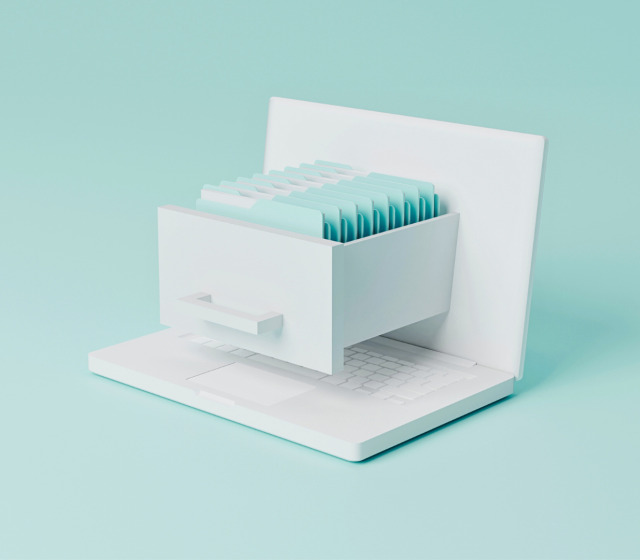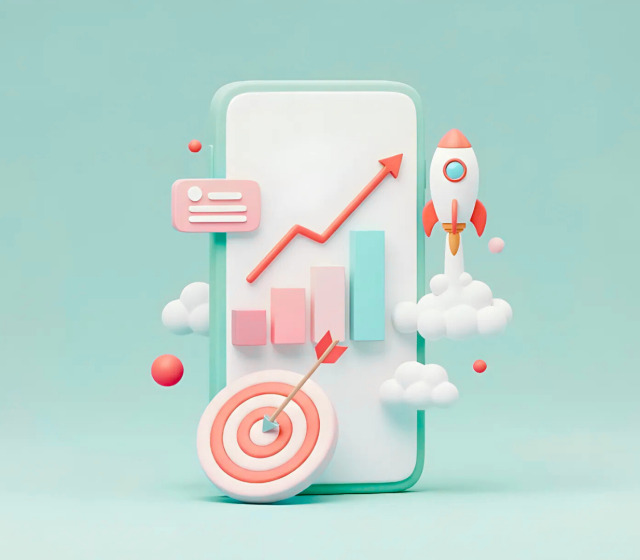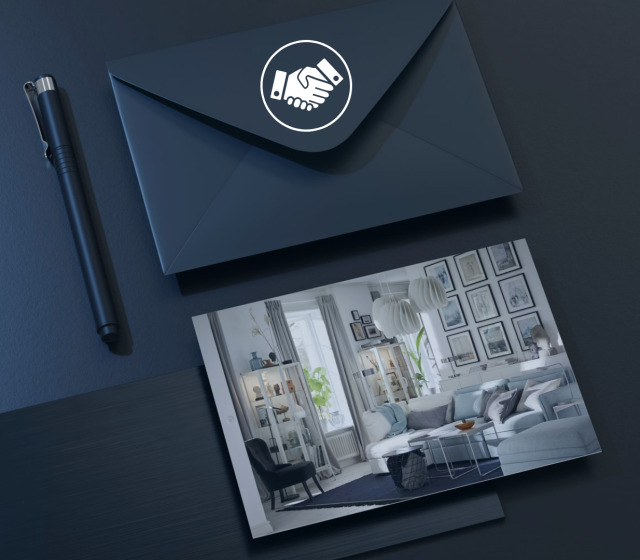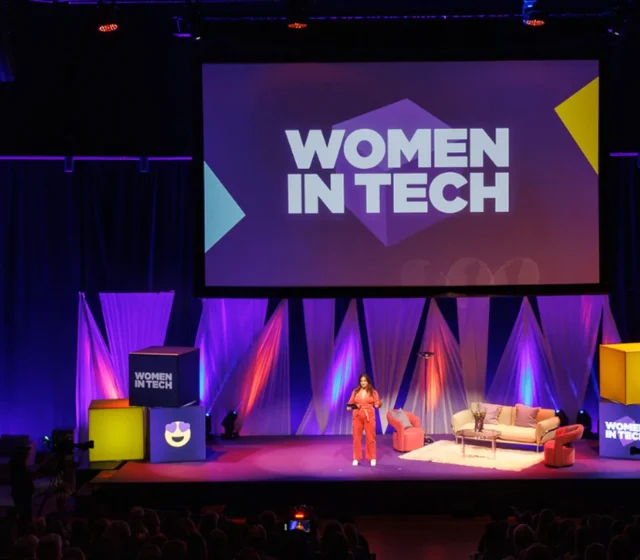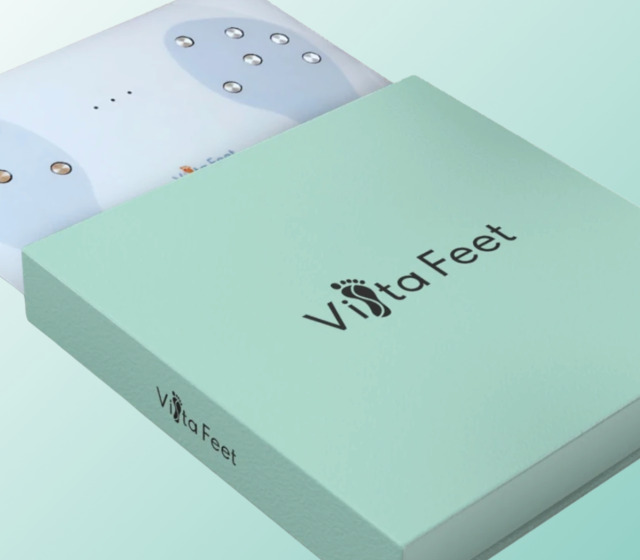What’s the difference between a UX Designer, UI Designer, and a Front-end Developer?
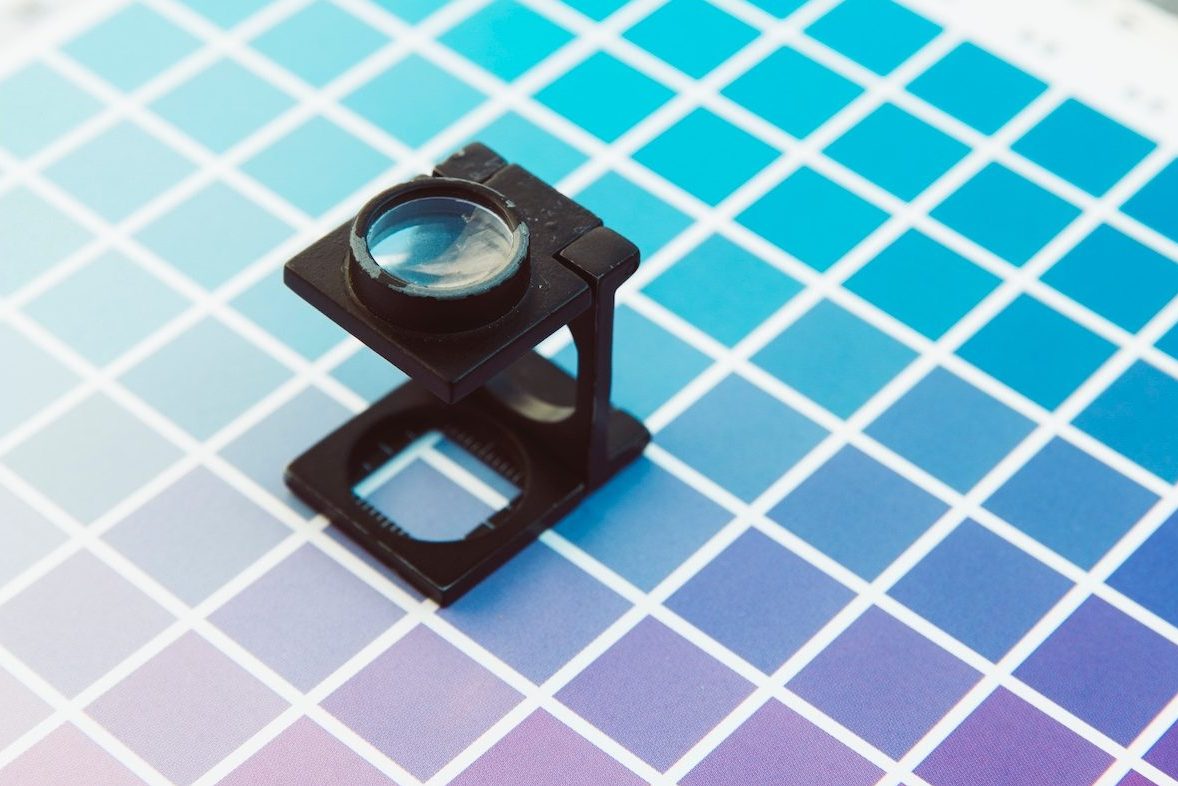
On every complete design team you will find a UX Designer, a UI Designer, and a Front-end Developer. But what’s the difference between a UX designer a UI designer and a frontend dev? While these roles may appear to share similar skillsets and responsibilities within an organization, they each have a distinct area of expertise. To get the most out of your team, you need to find a good way to communicate between these roles and create a culture where there’s a mutual understanding of what each one brings to the table.
Here, we will dive deeper and try to unravel the key differences. Please note that this breakdown is a simplification and, in reality, one person can have more roles than one, such as a UX/UI Designer who takes on both of the roles described below.
The UX Designer
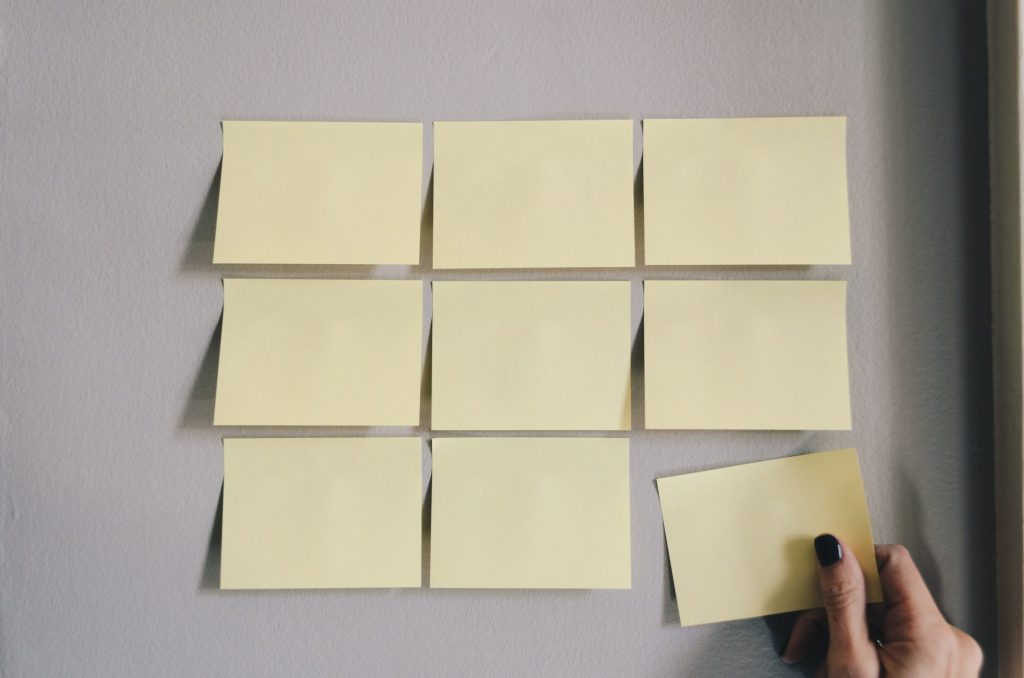
Purpose: Owns the user journey and design process of the team
Skills: A mix including user behavior analysis, marketing, as well as communication and technical skills
A UX Designer is responsible for gathering and understanding user behavior and user needs, as well as business requirements and technical limitations. They make sure that the user journey is a great experience for each type of user and for every demand the user might have. To make this happen, they often have to work closely with a marketing team and their campaigns to understand the type of content and where the business is trying to drive traffic to. There should be zero gap between a campaign or ads intended to drive traffic and the service itself but, rather, it should be a seamless experience.
Typical work consists of conducting user research, gathering feedback, and working closely with customers and end-users. This can be accomplished by using quantitative tools such as Google Analytics or Hotjar in combination with workshops and interviews with pointed questions to get a deeper understanding of users’ needs.
The UX Designer is present throughout the entire development cycle and might be a part of an agile team working in sprints or outside the team. The role requires a lot of communication and deliveries between the product owner and clients in order to understand business needs, communicate design concepts, and get approval. Once this is done, a handover is made to UI Designers and Front-end Developers with the help of low-fi prototypes or wireframes which have a focus on ensuring the correct interactions are there and that all business requirements are met.
The UI Designer

Purpose: Creates the visual user interface and the graphic layout of the design
Skills: Development skills to ensure that the design is feasible to implement
The UI Designer translates the list of requirements from the UX designer into a graphically appealing product based on the visual identity of the company. This role is sometimes the same as the UX Designer but can also be stand-alone. Whether it’s the same person or not does not change how the design process works. Work includes creating a layout, working with colors, visual hierarchy, typography, animations, and interactive elements such as buttons, lists, etc.
Once the visual user interface and graphic layout of the design are completed, the UI Designer then makes a hi-fi prototype in a tool such as figma or adobe XD. This prototype can be interactive, if needed, to show how certain interactions work. The UI Designer often makes designs based on certain scenarios that the UX Designer has prepared as well as for different platforms; including desktop, mobile, and tablet, as well as different screen sizes on those platforms.
When the design is finished and approved by the product owner and/or the UX Designer, the hi-fi design is handed over to the front-end developer together with an extensive walkthrough about complex interactions to make sure the implementation goes smoothly.
The Front-end Developer
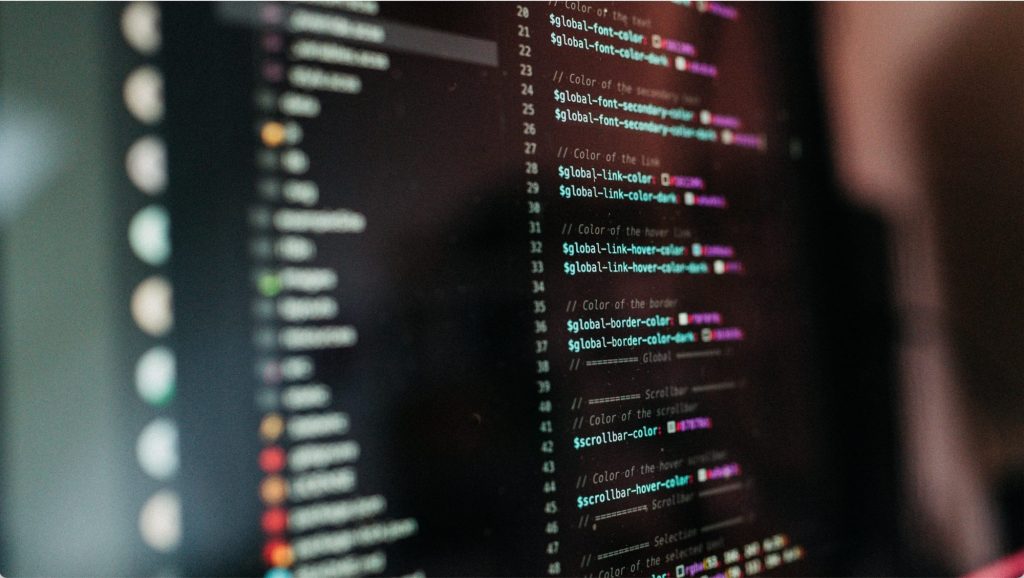
Purpose: Implements and codes the visual part of a platform or website
Skills: The ability to construct responsive sites that follow the design, no matter the platform or screen size
The Front-end Developer starts to code as soon as they have a user journey and finished design for each view. They should also have all the requirements and business logic information before starting to code. They often work in agile teams in sprints, together with product owners and other developers such as back-end developers.
The Front-end Developer has to make the logic of the back-end work together with the visual design and the layouts and user journey that the UX and UI Designers have constructed. They also need to think about all possible inputs and variations that can be carried out on a site to ensure that it looks as intended, even with scenarios that the designers might not have considered. Things such as language translations and very long inputs can be damaging to the usability of a site if it makes one element, such as a button, take up more space. If neglected, the consequences can cascade and completely change the entire layout.
